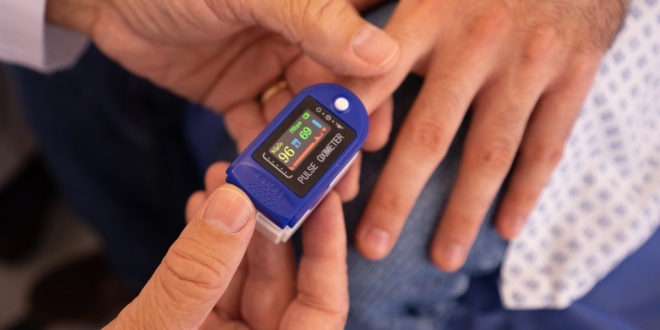One of the most important goals, when you have diabetes, is to keep it under control. Here are a few easy things you can do every day to help you reach that goal.
Exercise
You will feel better if you engage in regular physical activity. Not only does it help you feel better, but it also improves insulin sensitivity. Your blood sugar levels may become more stable as a result of this. Exercising will also help you relax.
It’s critical to understand that exercise reduces blood sugar levels. Consult your doctor to see if you need to change your medications or insulin dosage to keep your blood sugar levels stable.
Eat a Well-balanced Diet
Eat three meals per day and try to space them out. You should also try to eat the same amount of carbohydrates at every meal. Food that is less processed is healthier in general. Because less processed foods have a lower glycemic index, they may have a lower impact on your blood sugar levels.
Oatmeal made from whole oats, for example, has a lower glycemic index than instant oatmeal. You can lose weight and improve your diabetes if you have type 2 diabetes and follow a healthy diet and exercise routine. Long-term weight loss through diet and exercise may reduce your risk of stroke and dementia.
Reduce Stress
When you’re stressed, you may exercise less, drink more, and pay less attention to your diabetes. Stress can cause your blood sugar to rise and make you less insulin sensitive. When you’re stressed, your body responds by going into “fight or flight” mode. That is to say, it will ensure that you have enough sugar and fat for energy.
Quit Smoking
Quitting smoking has yet another health benefit – it will help you maintain better blood sugar control. If you smoke, you’re more likely to develop serious health problems, as well as be at an increased risk of having diabetes-related complications like infections, ulcers, and amputation of your toes or feet as a result of poor blood flow to the legs and feet, retinopathy, or peripheral neuropathy.







